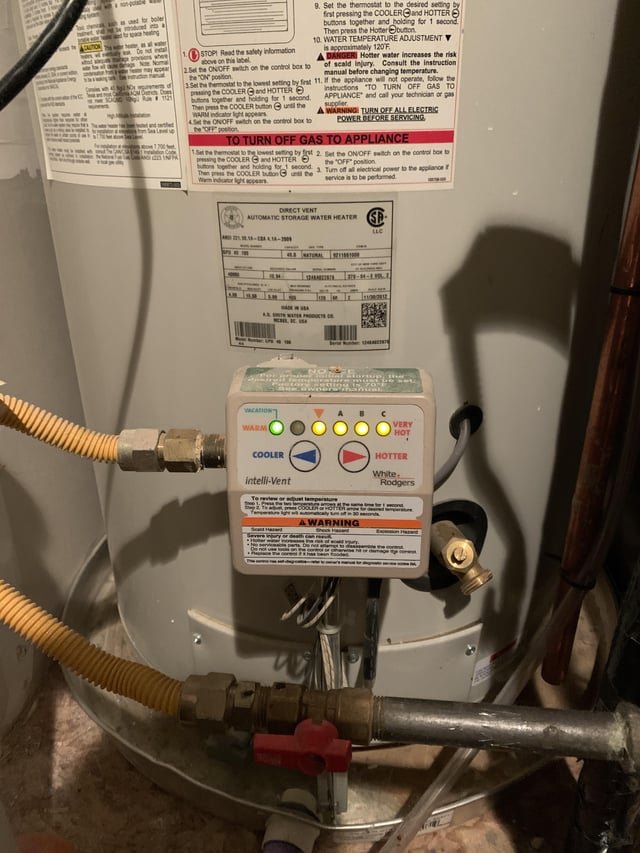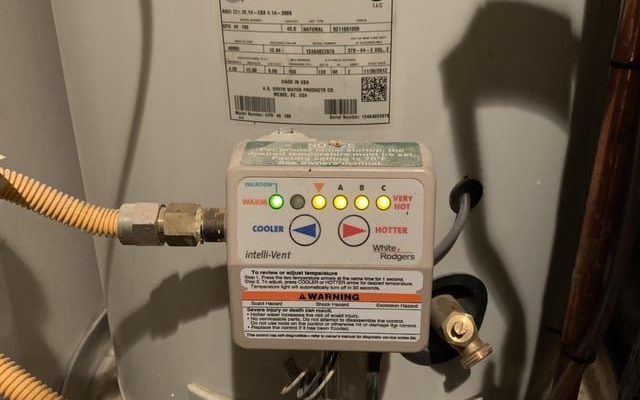
Picture this: it’s a chilly morning, and you’re looking forward to a steaming hot shower. You turn on the water heater, and instead of the comforting whir of things working properly, you see an F1 error code flashing at you. It’s like your water heater is speaking a language you don’t understand. But don’t worry; this isn’t the end of the world. Although you might be tempted to disregard this cryptic message, we’ll uncover why it’s crucial to pay attention to it and what steps you should take next.
Understanding the F1 Error Code on Kenmore Water Heaters
Alright, first things first—what exactly is this F1 error code all about? The F1 error code on Kenmore water heaters is typically a signal that something isn’t quite right with the unit’s temperature sensors. Think of it as your water heater’s way of waving a little red flag, saying, “Hey, I need some attention over here!” It’s like when your car’s dashboard lights up because of a low tire pressure warning—it’s not something you’d want to ignore.
Temperature sensors act like the thermostat in your home. They constantly monitor the water’s temperature to ensure it’s just right for your needs. If these sensors detect abnormal temperatures or fail to read correctly, they send an F1 signal to let you know there’s a problem. Ignoring this message could lead to more significant issues down the line, like erratic water temperatures or even a complete breakdown of the water heater.
So, how serious is it? While it might not seem urgent at first glance, dealing with the F1 error code sooner rather than later can prevent further damage. Just like a tiny leak in a dam, if left unaddressed, it could lead to a flood of problems—literally!
Why You Shouldn’t Ignore the F1 Error Code
You might be wondering, “Why not just let it be?” Well, here’s the deal: ignoring the F1 error code on your Kenmore water heater isn’t the best course of action. Much like ignoring the check engine light on your car, neglecting this issue can lead to bigger headaches down the road. The error indicates that your water heater may not be operating efficiently, which could result in higher energy bills. Nobody wants to pay more for less, right?
Additionally, there’s the safety aspect. If the sensors aren’t working correctly, your water heater might overheat or underheat the water. An overheated water heater can cause scalding-hot water, posing a risk of burns, especially to children and seniors. On the flip side, a malfunctioning sensor that underheats could leave you with lukewarm water—that’s not what you want when you’re expecting a hot shower!
Here’s a comforting thought: addressing the F1 error promptly can save you from these troubles. You’ll prolong the lifespan of your water heater, ensure its safety, and keep your utility bills in check. Plus, you’ll maintain the comfort and convenience of having readily available hot water whenever you need it.
Steps to Troubleshoot and Resolve the F1 Error Code
Now that we understand the importance of addressing the F1 error, let’s talk about what you can do about it. You don’t have to be a plumbing expert to handle this; a little bit of know-how can go a long way. First, you’ll want to perform a basic reset of your water heater. This is akin to rebooting your computer when it acts up—sometimes, a simple restart is all it takes to clear minor glitches.
If the error persists after a reset, it’s time to take a closer look at the temperature sensors. These sensors might need recalibration or replacement. Think of them like the taste buds of your water heater—they need to be accurate to serve the perfect “temperature recipe.” Consulting your user manual or reaching out to a professional technician can guide you through this process safely and effectively.
And remember, there’s no shame in calling in the pros. If the idea of poking around your water heater feels daunting, professional technicians are just a phone call away. They’ll bring a wealth of experience to diagnose and fix the problem, leaving you free to enjoy your day with one less worry on your mind.
Preventative Measures and Maintenance Tips
Okay, so you’ve tackled the F1 error code, and everything’s running smoothly again. Fantastic! But how do you prevent this from happening in the future? Regular maintenance is key. Just like you’d take your car for an oil change, your water heater benefits from a little TLC now and then.
Start with annual inspections. A professional checkup can catch potential issues before they become major problems, kind of like catching a cold before it turns into the flu. Regularly flushing the tank is another great practice. This process removes sediment buildup that can affect performance and even lead to sensor malfunctions.
Lastly, keep an eye on your heater’s environment. Ensure it’s not crowded or cluttered—think of it as giving your water heater some breathing room. Proper airflow around the unit helps it operate efficiently, prolonging its lifespan and keeping error codes at bay.
In essence, while it might be tempting to ignore the F1 error code, taking proactive steps can save you time, money, and hassle. With a little attention and regular maintenance, your Kenmore water heater can continue to provide dependable hot water, making those chilly mornings a lot more bearable. So, next time you see that F1 flash, you’ll know exactly what to do!
